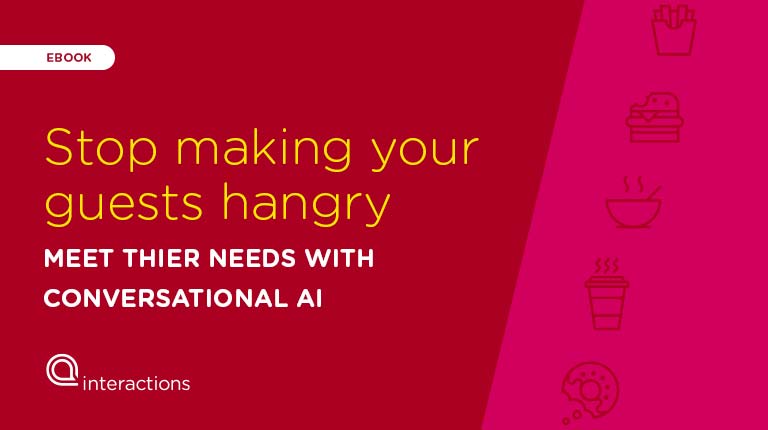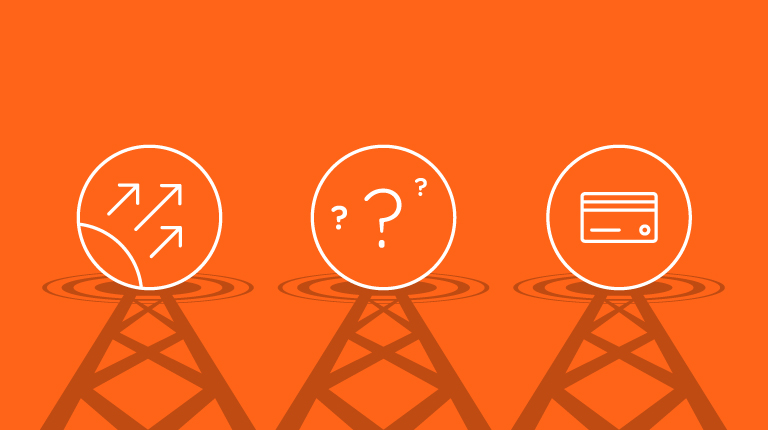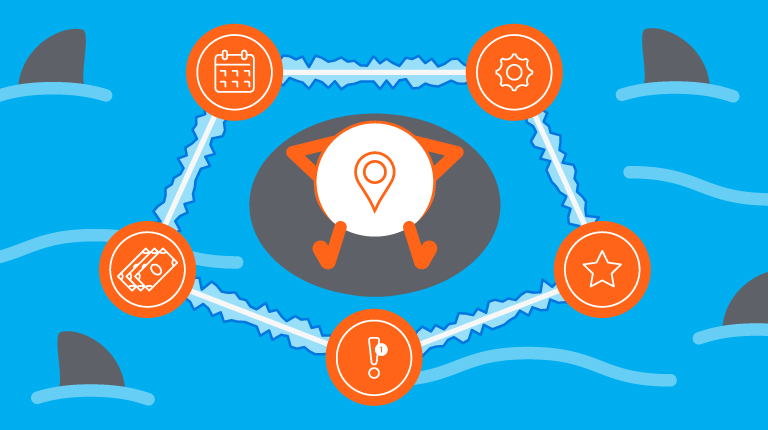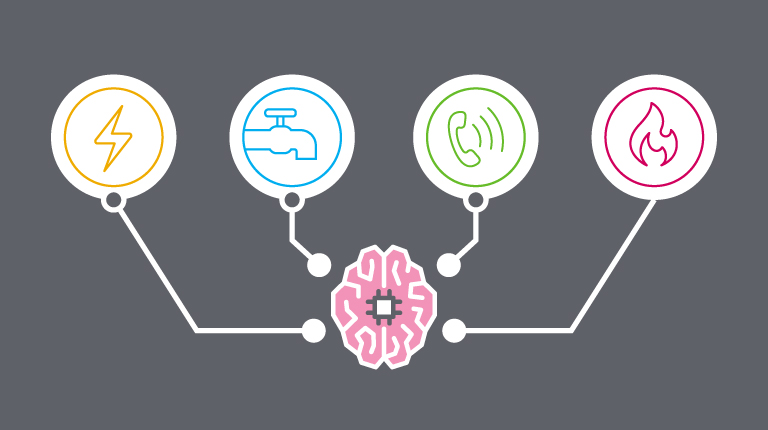What comes to mind when you hear the phrase “Restaurant of The Future?” Do you picture robot waiters? Delivery by drones? Shaped gelatinous food replacement product?
Thanks to FSTEC, it’s never been more clear how far restaurant technology has come – and just how close the future really is. The conference, held Septemer 8-10 in Dallas, brought together operators and vendors from all over, connecting the dreamers and doers who are shaping restaurant science fiction into restaurant fact.
With hundreds of tech products on display, it’s hard to single out just a few – but here are some of the trends that made waves at this year’s conference.
Point of Sale is dead. Long live Point of Sale.
There’s a revolution happening in the world of Point of Sale; the people (restaurants) are starting to demand more from POS providers. More features, more flexibility, more connectivity. The days of the closed-network, on-premises solution may be numbered – and the true winners will be the restaurant guests, whose experience will be significantly enhanced by this shift.
In 2013, Aloha (NCR) and MICROS (Oracle) accounted for about 43% of the restaurant POS market; by 2017, that number was down to about 30% and continues to fall. Although they still own the two largest shares of this fragmented market, there’s a definite trend toward more open providers – particularly those that were born in the cloud (like Toast or Upserve).
A big point of discussion during breakout sessions and over drinks (yes, really!) was the concept of standardized APIs across multiple technologies. There’s a huge (and growing) appetite for vendors to give customers access to their data, including allowing other third parties to access that information, and that desire is only increasing as more and more restaurant functions are enhanced with technology.
Restaurants are addicted to delivery
Even as consumers continue to decrease the number of meals they make at home, they are still eating a similar quantity at their work or residence. In other words: demand for delivery is growing in leaps and bounds. Whether they use DoorDash, GrubHub, UberEats, or a lesser-known service, restaurants are feeling an ever-increasing pressure to give customers access to their goods at home – at a significant cost to the operators. Restaurants, it turns out, pay a hefty commission to use the platform – as much as 20% or more of every order. In some cases, they may also be paying monthly fees, such as equipment rental (like a tablet) from the provider or upgrading or promoting their listing.
Then there’s the added burden on the guest, shouldered by paying service fees and extreme delivery costs. For example, ordering one large cheese pizza ($9.99 base price) on the website of a restaurant near the Interactions HQ would cost $12.69 with tax and delivery fee – or $20.48 through DoorDash, thanks to $4.50 in taxes and service fees and a whopping $5.99 delivery fee. Sure, one could argue that the customer knows what he or she is paying for – but it’s also possible that these exorbitant add-ons are creating a wall between the restaurant and their guests that will be difficult to overcome.
That’s without mentioning the network effect that handcuffs the operator to the platform even as it provides more options to the customer. The more alternatives a user sees, the less likely they are to order from any given place; on the other hand, if a restaurant is not found on the platform, they are losing out on all of those potential orders. The same logic that is a boon for the guest in terms of meal choices creates a vicious cycle for the operator and locks them into high fees and increased competition.
The robots are coming – but not for our jobs
Call it what you will – “Big Data,” “Machine Learning,” “Artificial Intelligence” – but there’s no denying the growing trend toward automation. Sure, there were robotic servers on display at FSTEC, but with nearly 1,000,000 open jobs in the food services industry, restaurants are looking to replace the humans they can’t hire rather than the ones they can.
On Tuesday morning, Professor Ajay Agrawal of the University of Toronto gave a fascinating talk to close out the conference. He spoke about the “automated future,” providing a primer on AI and ML for the mostly novice crowd. In particular, Agrawal – whose Creative Destruction Lab boasts the greatest concentration of AI start-ups of any program on the planet – focused on how what we know as “AI” is really more of an incredible prediction engine than something that can actually do someone’s job. He highlighted the five high-level components of any human action – data, prediction, judgment, action, and outcome – and then explained why he believes that humans have a safety net: our own humanity.
As machine intelligence improves, the value of human prediction skills will decrease because machine prediction will provide a cheaper and better substitute for human prediction, just as machines did for arithmetic. However, this does not spell doom for human jobs, as many experts suggest. That’s because the value of human judgment skills will increase. Using the language of economics, judgment is a complement to prediction and therefore when the cost of prediction falls demand for judgment rises. We’ll want more human judgment. (excerpted from “The Simple Economics of Machine Intelligence,” a basis for Prof. Agrawal’s talk at FSTEC)
What will be automated are simple, repetitive tasks that involve no significant judgment, such as carrying pizza to a table, classifying and counting ingredients, and even paying bills. Right alongside them will be low-depth conversations – such as asking what time a restaurant closes as well as a large percentage of orders. The expectation is that as conversational AI improves, there will be a labor shift from order taking to order fulfillment, which is the current bottleneck in service speed.
That’s why I’m excited about building the Guest Experience Platform (GXP) to help restaurants better serve their customers – both the ones in front of them and the ones who call or message from afar. Automation is coming, and those who see it as an opportunity to embrace the future of food service will be the ones who truly build the “Restaurant of The Future.”





